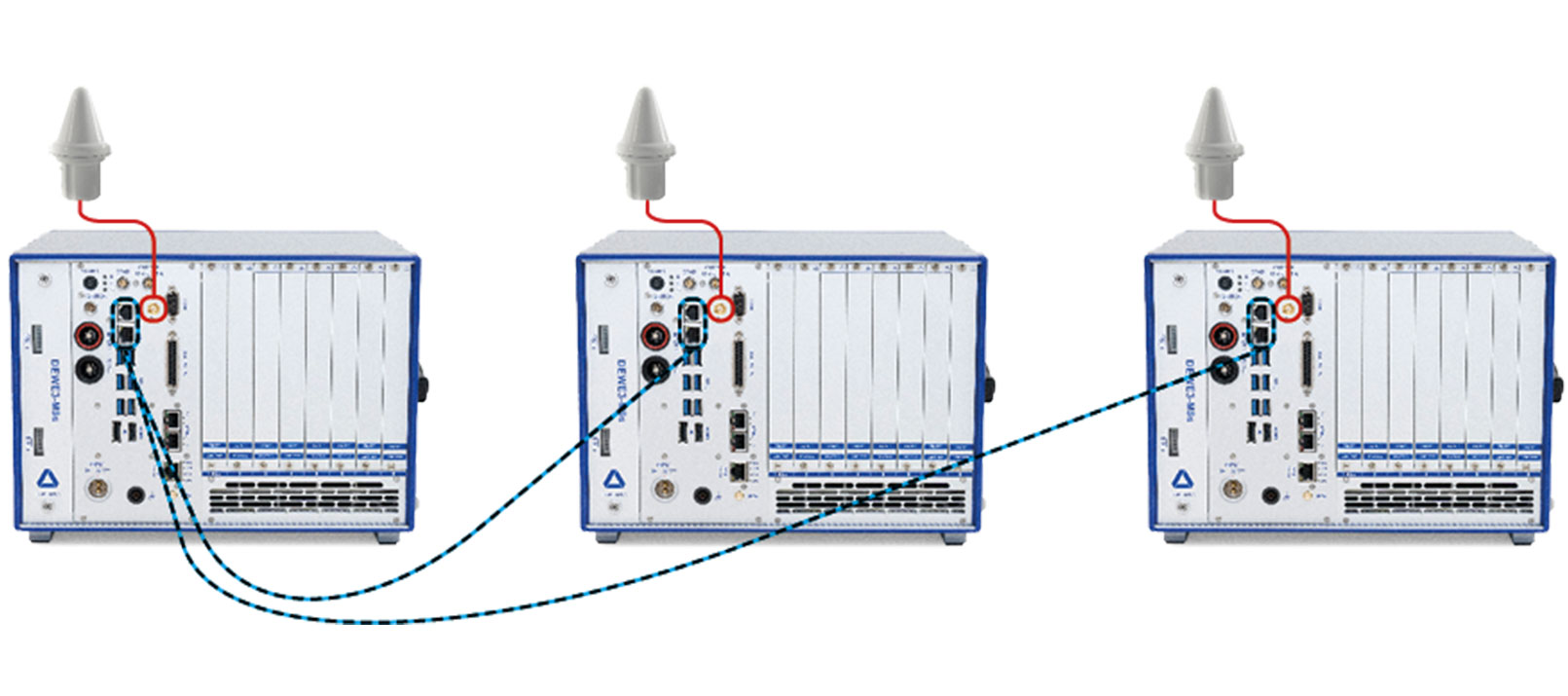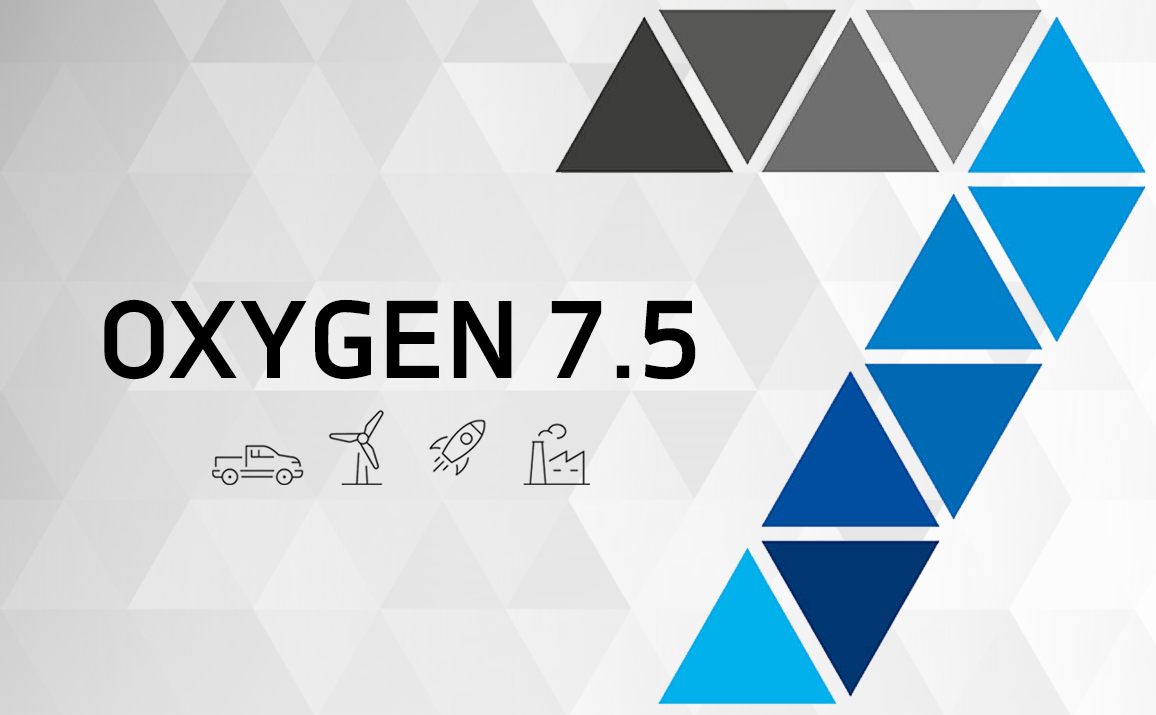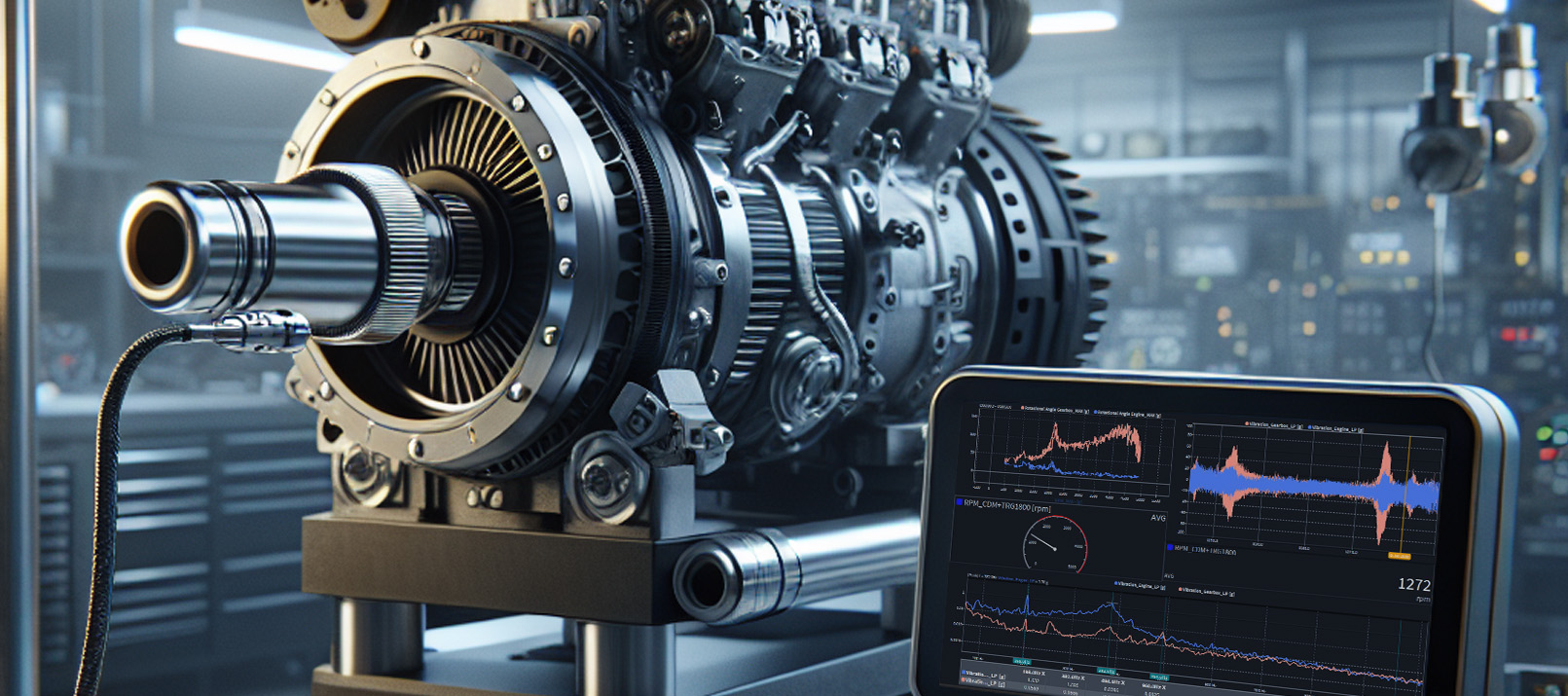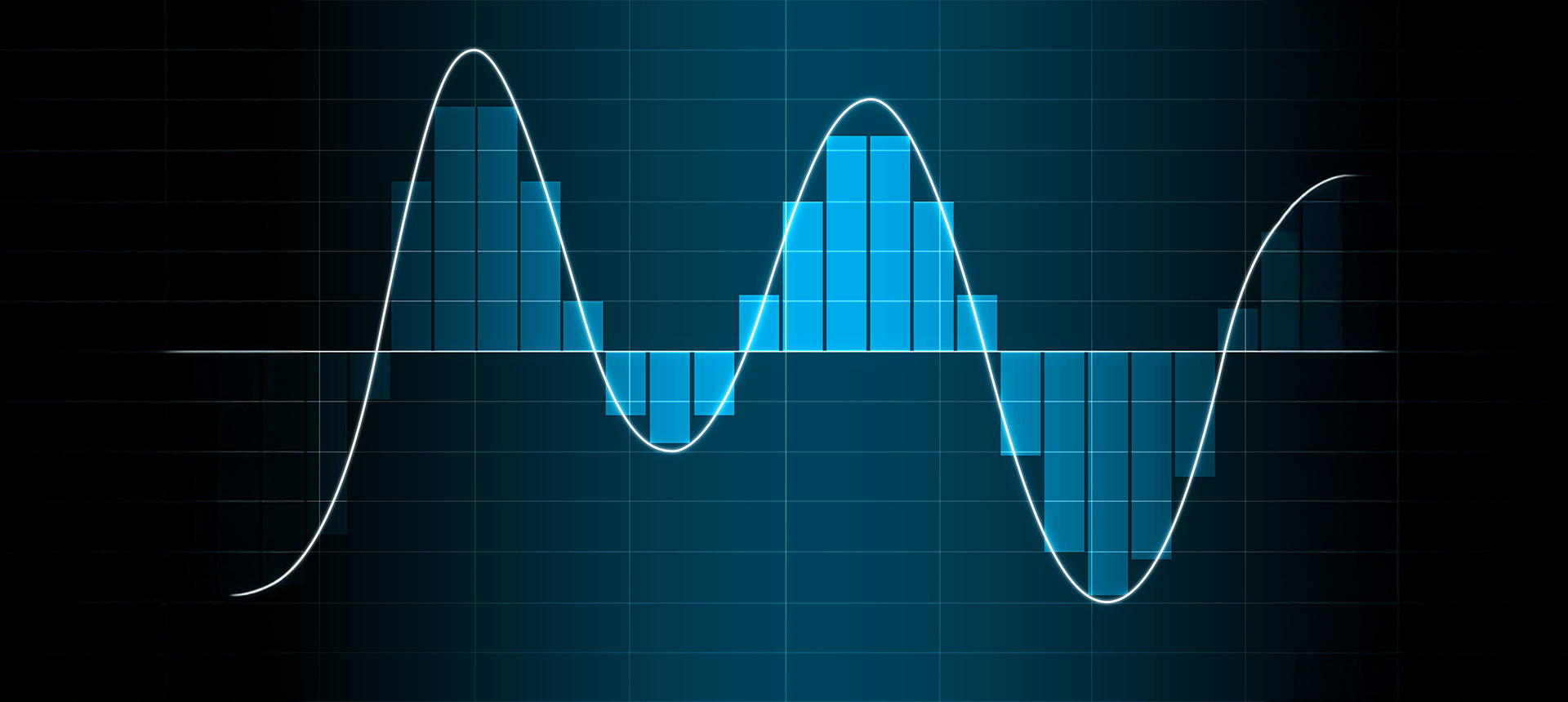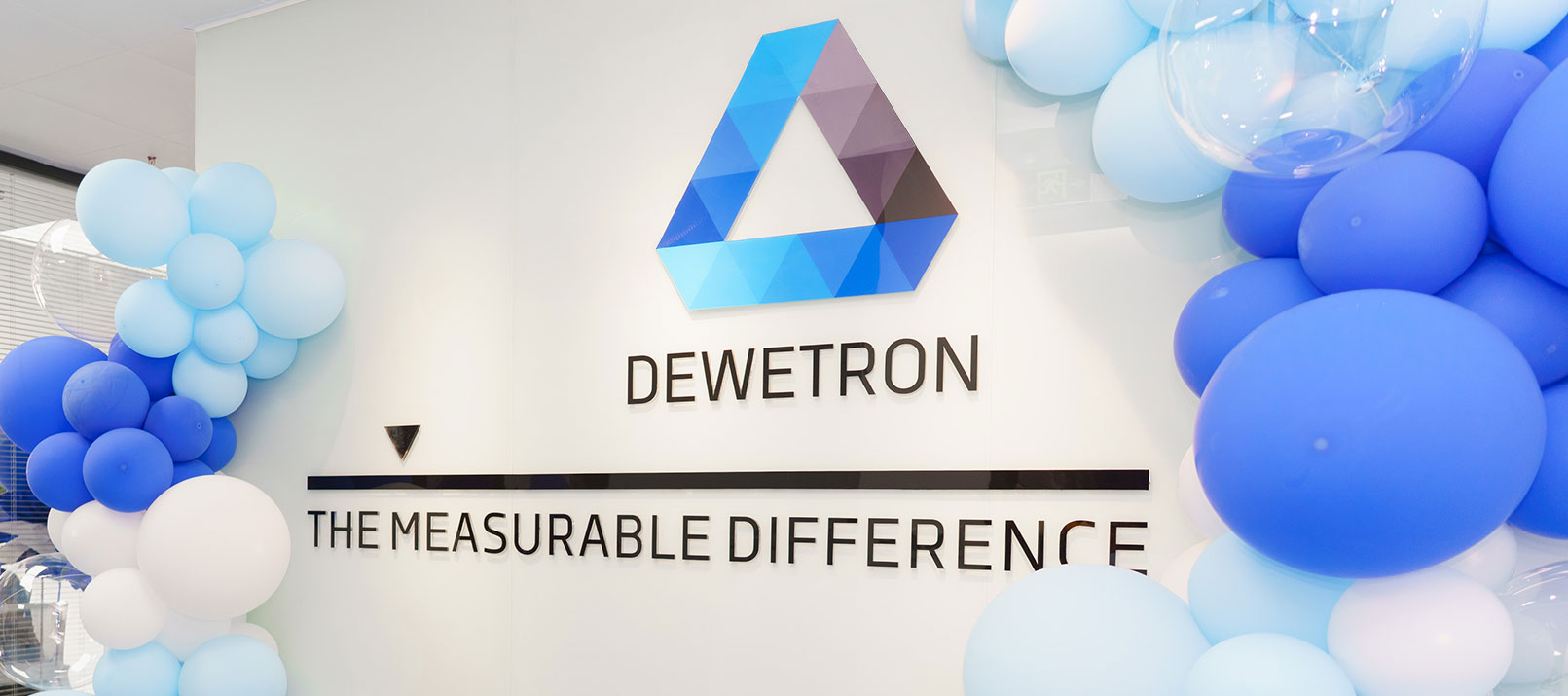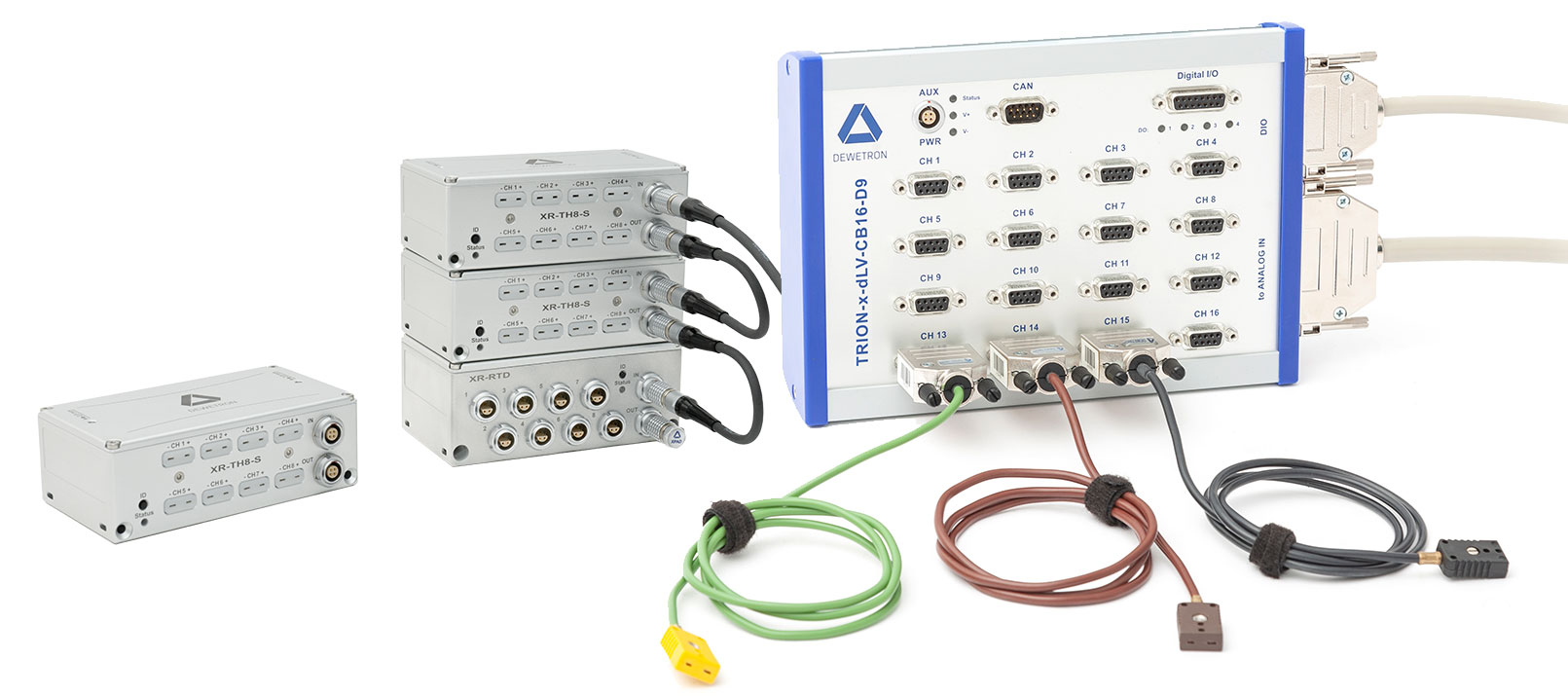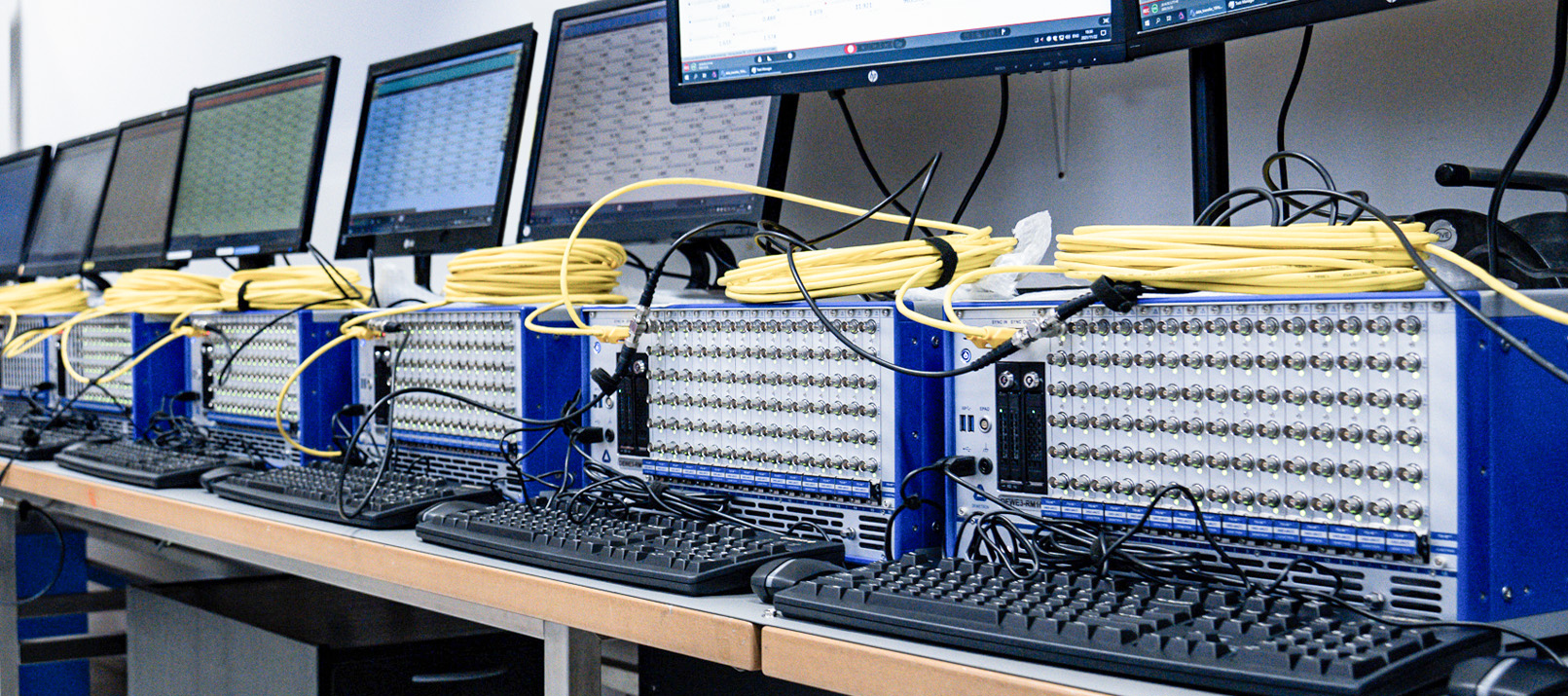How semiconductors changed measurement technology
“Semiconductor” – A term that has been a topic of increasing interest in recent years; and with good reason. Since their emergence in the 1950s, semiconductors have fundamentally changed our world, especially measurement technology. In this blogpost we want to explain what makes semiconductors so special and why they are so versatile.
What are semiconductors?
There are metals, which conduct electricity without any problems, and there are insulators, which do not conduct electricity. But how to explain the difference between conductors and non-conductors physically? To do this, let’s have a look at the concept of conduction and valence electrons. Conduction electrons are electrons that are not bound to an atom and can move freely in the material. Precisely these conduction electrons are responsible for the electrical conductivity of metals. Metals have a large number of conduction electrons and are therefore good conductors. Insulators, on the other hand, have no conduction electrons and therefore cannot conduct electricity.
However, the number of conduction electrons in a material is variable. It is possible to convert “normal” electrons (called valence electrons) into conduction electrons, by providing enough energy to them. With this energy, the valence electrons can detach from the nucleus and then move freely in the material – they become conduction electrons. This explains why even insulators can conduct electricity at extremely high voltages. In this case, so much energy is supplied to the valence electrons that they become conduction electrons.
Semiconductors are now materials that represent a middle ground between metals and insulators. Semiconductors have a small amount of conduction electrons (they are therefore poor conductors). Unlike insulators, however, it takes very little energy to create more conduction electrons. Even the thermal energy at room temperature is enough to move a significant number of electrons from the valence band (where valence electrons live) to the conduction band (where conduction electrons live). Visible light, such as sunlight, also provides enough energy to create conduction electrons. You can see the difference between conductors, non-conductors, and semiconductors in the following graphic.
![]()
Conductor (left), non-conductor (middle), semiconductor (right)
Semiconductors in power electronics
As mentioned, it takes very small amounts of energy to create more conduction electrons in semiconductors. In practice, this leads to undesirable effects. For example, even small changes in temperature can greatly change the number of conduction electrons and thus the conductivity.
Semiconductors only become useful when the pure semiconductor is impurified with foreign atoms. One calls this process doping. If a semiconductor is doped in the right way, and differently doped semiconductors are put together, the conductivity can be controlled in a targeted manner.
This systematic control of conductivity makes it possible to use a semiconductor as an electrical switch. Many electrical components such as (light-emitting) diodes, thyristors, differential amplifiers or even transistors are based on this principle. Today, hardly any electrical component can do without a semiconductor. This is mainly because electrical circuits, which could fill a room in times before 1950, are nowadays realized with semiconductors on atomic scales.
Especially the introduction of the semiconductor transistor enabled the development of modern computers (by replacing vacuum tubes). By connecting several semiconductor transistors, it is possible to perform mathematical operations. Therefore, one uses a clever combination of series and parallel connections of the transistors. This so-called switch logic provides the basis for every modern computer chip. SSD memory chips, such as those found in USB sticks, cell phones and PCs, also only work thanks to modern semiconductor technology.
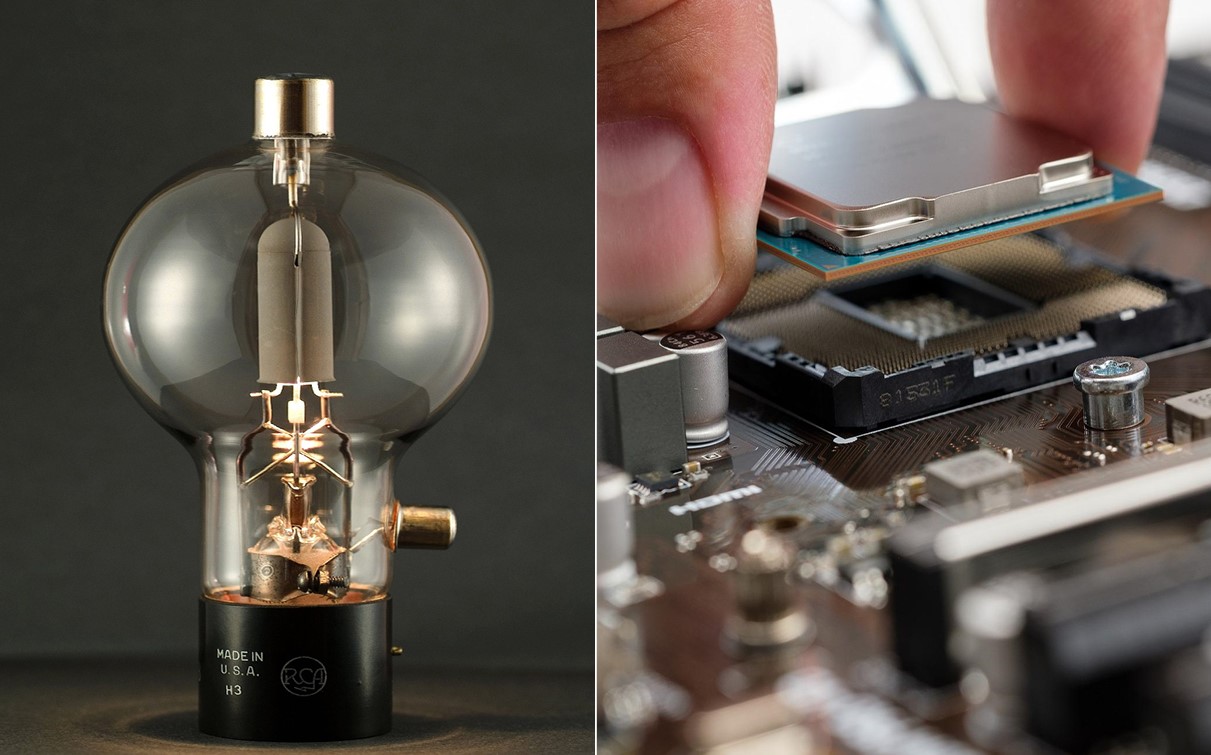
Comparison between a vacuum tube and a modern processor containing billions of transistors
Sensors and power generation
Semiconductors play an important role not only in digital and power electronics. A large part of modern sensors is also based on semiconductors. A few examples:
- Hall sensors: Due to the often small number of conduction electrons, semiconductors are perfect for Hall sensors. The strength of the Hall voltage is greater when there are fewer conduction electrons. You can read a separate blogpost about Hall sensors here.
- Strain gauges: Some strain gauges also use semiconductors as their base material. This is due to the pronounced piezoelectric effect, which generates a measurable voltage when deformed. We have written blogposts on both the piezoelectric effect and strain gauges.
- Temperature sensors: Since the conductivity of semiconductors is very sensitive to temperature changes, they prove ideal as temperature sensors.
- Photodetector: Photodetectors (light sensors) come in a wide variety of designs. Whether as a CCD camera sensor, phototransistor or photoresistor – semiconductors are almost always the material on which they build. With this type of sensor, the energy of the incident light alone is sufficient to generate conduction electrons. These lead to a measurable change in conductivity.
The principle of the photodetector can also serve for energy generation. Photovoltaic systems, which generate energy from sunlight, use the same effect: The sunlight that enters the semiconductor produces conduction electrons. If the semiconductor is properly doped, the energy of these conduction electrons can be used accordingly. You can find a blogpost about photovoltaics here
Innovate today – succeed tomorrow
Whether you need measurement technology in automotive, industrial or aerospace applications, we at DEWETRON are the perfect partner. At our headquarters in Austria, we manufacture high-quality and reliable measurement hardware. In doing so, we always adhere to the principle innovate today – succeed tomorrow. For example, we place a particularly strong focus on modularity and user-friendliness. You can assemble all our measurement systems modularly and therefore they are always tailor-made for your project.
In addition to our measurement hardware, we also offer the OXYGEN measurement software. This DAQ software convinces with a multitude of functions such as CPB and FFT analysis, a customizable user interface and countless export options. But OXYGEN is also modular: Choose freely from a wide variety of software options to find the one you really need.

